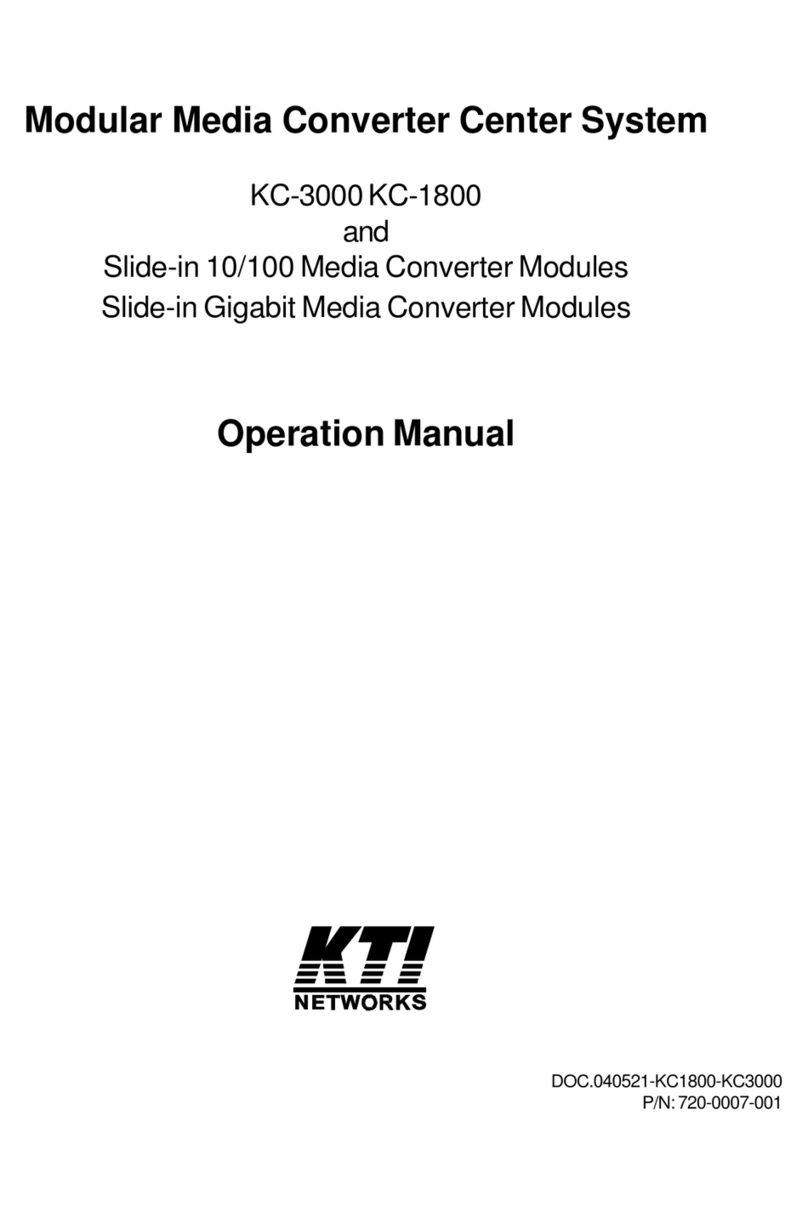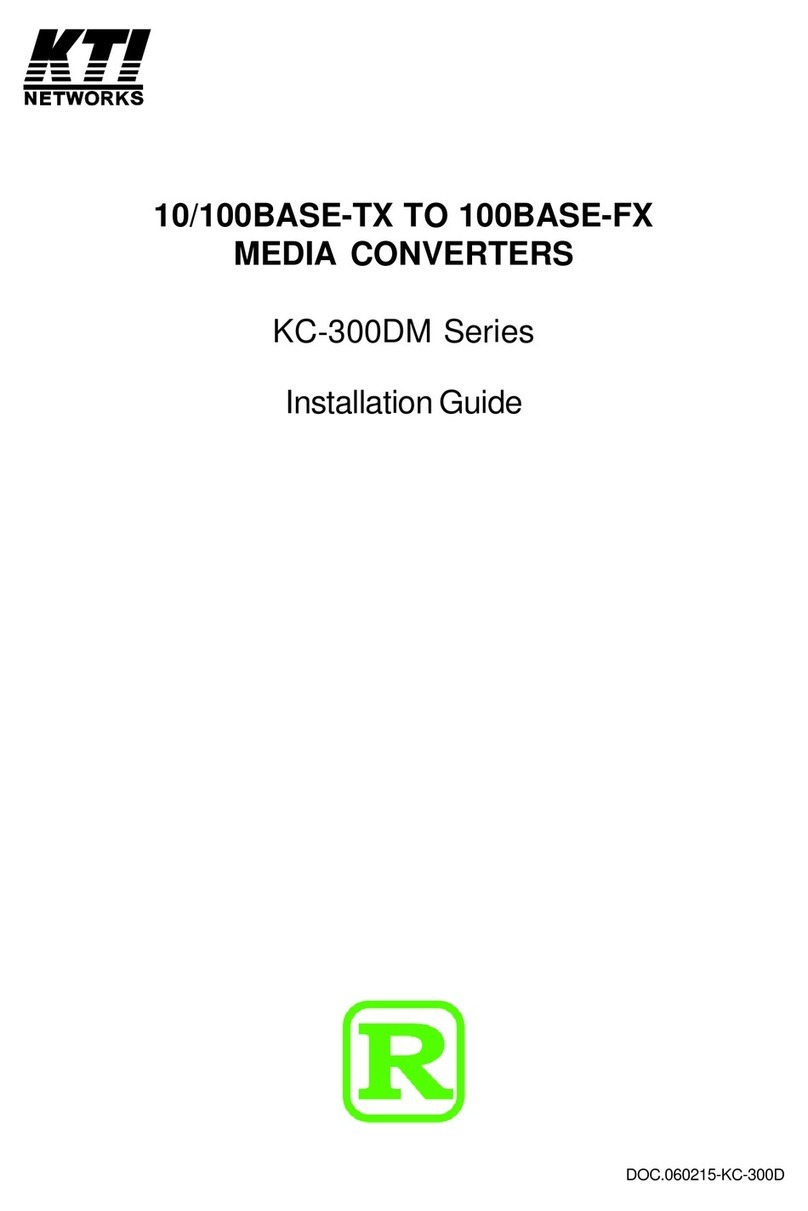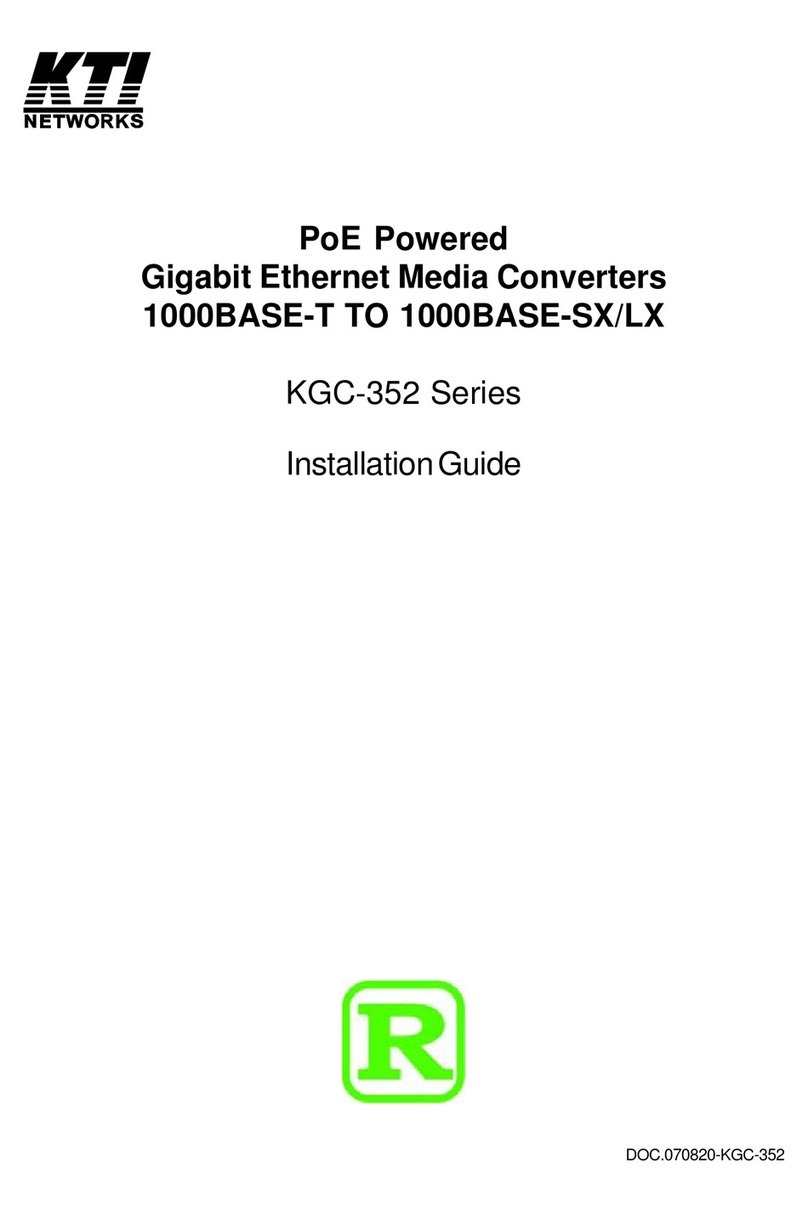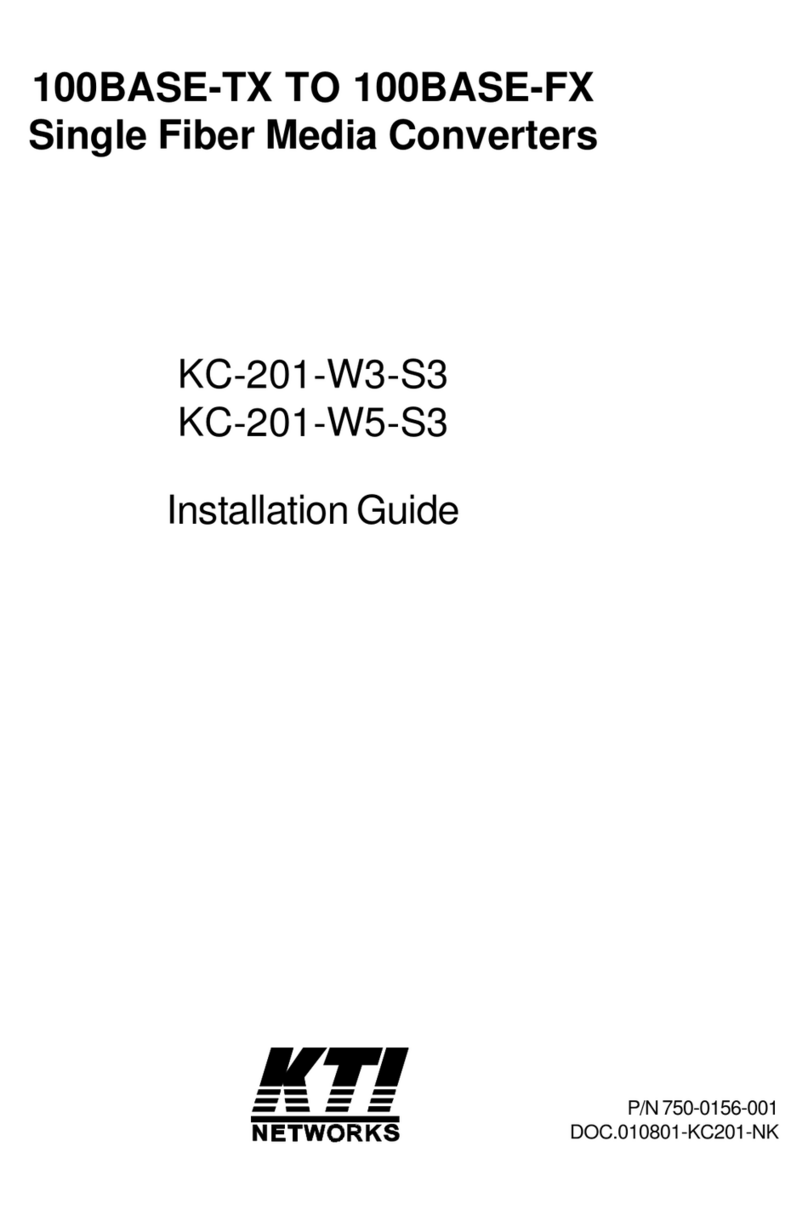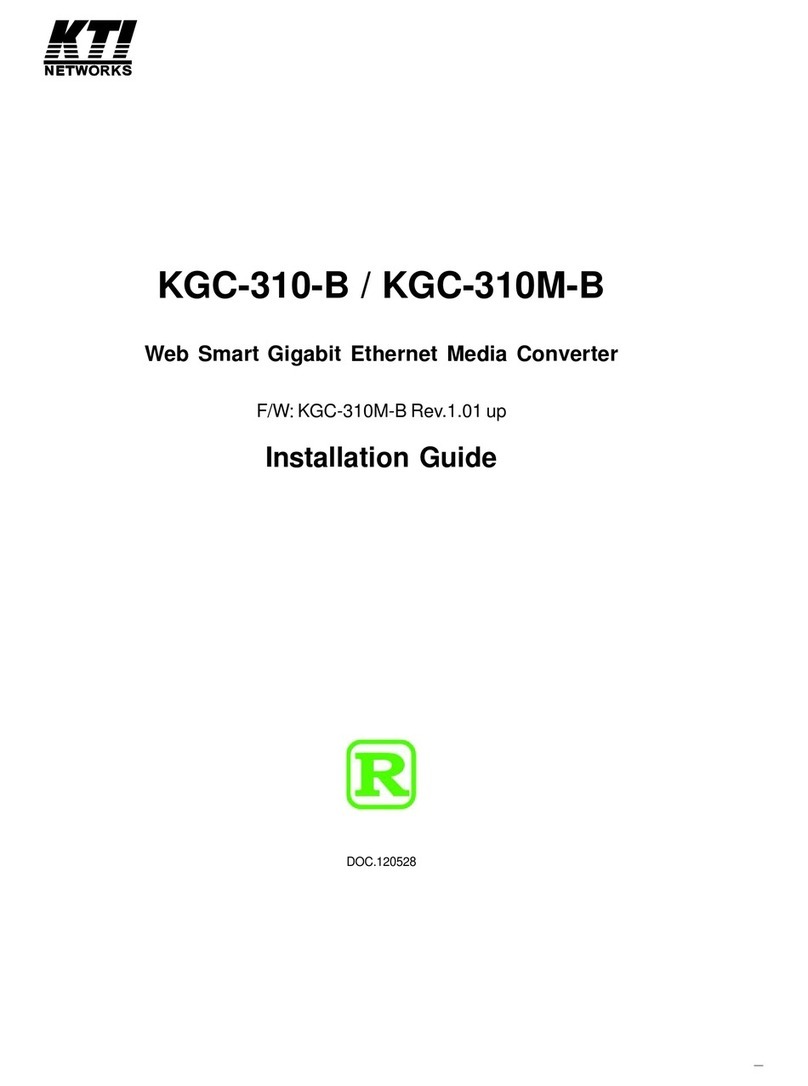-4-
Table of Contents
1. Introduction...................................................................................................................................6
1.1 Model Definitions.................................................................................................7
1.2 Features..............................................................................................................8
1.3 Product Panels....................................................................................................9
1.4 LED Indicators.....................................................................................................9
1.5 Specifications....................................................................................................10
1.6 IEC 61850-3 & IEEE 1613.................................................................................14
2. Installation...................................................................................................................................16
2.1 Unpacking.........................................................................................................16
2.2 Safety Cautions.................................................................................................16
2.3 Mounting the Device to a DIN-Rail ....................................................................17
2.4 Mounting the Device on a Panel........................................................................19
2.5 Applying Power................................................................................................. 21
2.5.1 DC power Terminal Block...............................................................................21
2.5.2 DC Power DIN................................................................................................22
2.5.3 DC Power Jack ..............................................................................................22
2.6 Alarm Relay Output........................................................................................... 23
2.7 Reset Button .....................................................................................................24
3. Making LAN Connections..........................................................................................................25
3.1 10/100/1000 TP Copper Port.............................................................................25
3.2 Making Fiber Connection...................................................................................26
3.3 Making PoE Connection....................................................................................27
3.4 LED Indication...................................................................................................30
4. Functions ....................................................................................................................................31
4.1 Converter Function............................................................................................31
4.2 Link Fault Pass Through Function.....................................................................31
4.3 802.1Q Control Function ...................................................................................32
4.3.1 VLAN Operation.............................................................................................34
4.4 SNMP Trap Function.........................................................................................36













